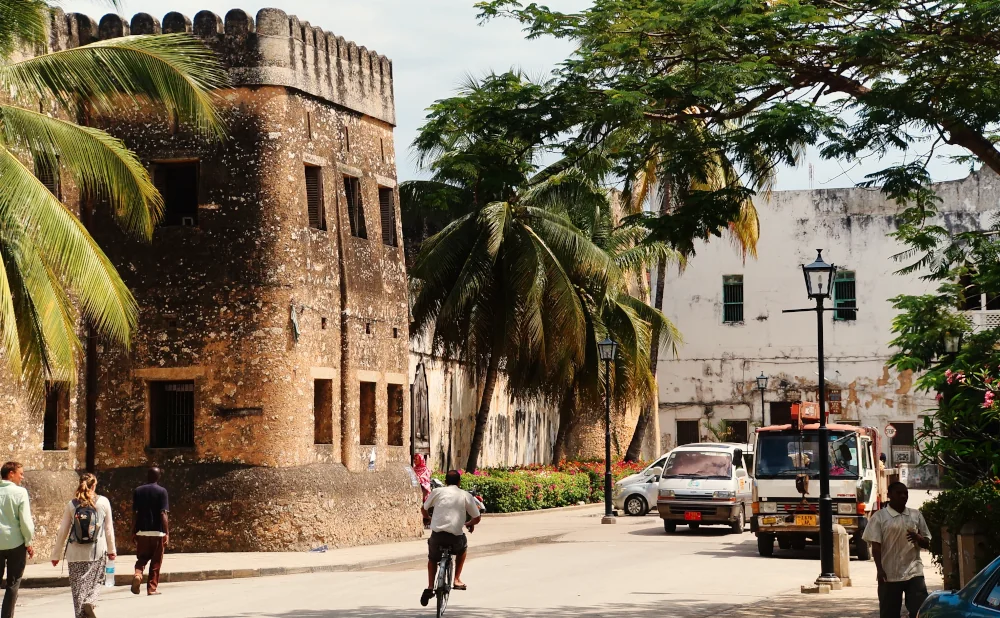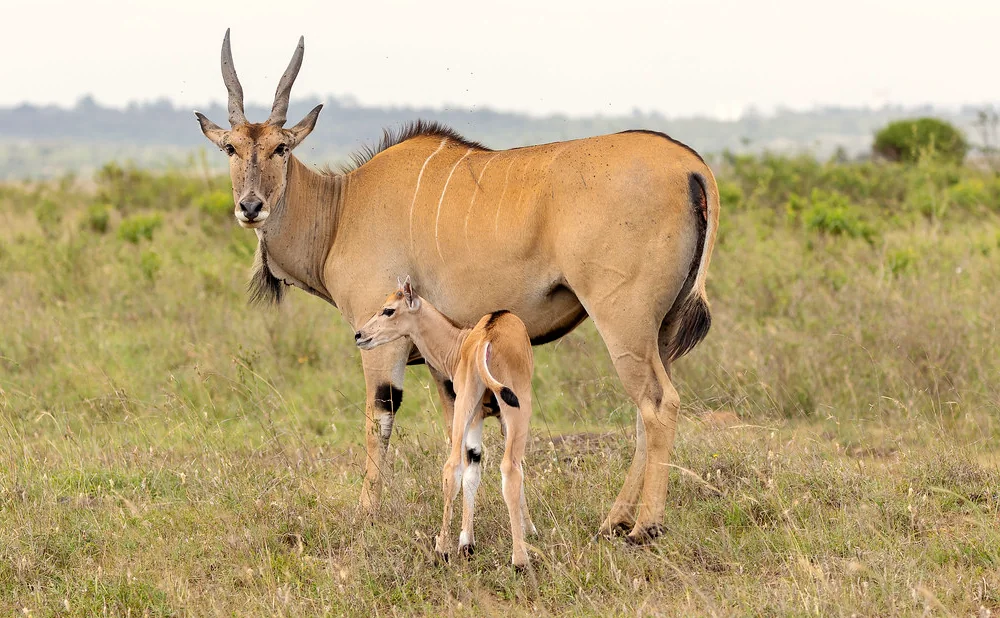Zanzibar Island

Zanzibar Island: The Jewel of the Indian Ocean
Zanzibar Island, also known as Unguja, is a tropical paradise located off the coast of Tanzania in the Indian Ocean. Renowned for its stunning white-sand beaches, crystal-clear turquoise waters, and rich cultural heritage, Zanzibar is a destination that offers a perfect blend of relaxation, adventure, and history. Whether you're exploring the historic streets of Stone Town, diving into the vibrant coral reefs, or soaking up the sun on pristine beaches, Zanzibar promises an unforgettable experience.
Key Features
1. Pristine Beaches and Marine Life
Beaches: Zanzibar is famous for its idyllic beaches, with soft, powdery sand and warm, inviting waters. Popular beach destinations include Nungwi and Kendwa in the north, Paje and Jambiani on the east coast, and the secluded beaches of Michamvi Peninsula. These beaches offer a tranquil escape, perfect for swimming, sunbathing, and beachcombing.
Marine Activities: The waters around Zanzibar are teeming with marine life, making it a premier destination for snorkeling and scuba diving. Coral reefs surround the island, home to a variety of colorful fish, sea turtles, and other marine creatures. The island’s marine reserves, such as Mnemba Atoll, are particularly popular with divers and snorkelers.
Dhow Cruises: Traditional wooden sailing dhows offer a unique way to explore the coastline. Sunset cruises, in particular, are a romantic way to experience the beauty of the island, as the sun sets over the Indian Ocean.
2. Cultural Heritage and Stone Town
Stone Town: The historic heart of Zanzibar City, Stone Town, is a UNESCO World Heritage Site known for its labyrinthine streets, ornate doors, and vibrant markets. The town reflects a rich cultural tapestry, blending African, Arab, Persian, and European influences. Key attractions include the House of Wonders, the Sultan’s Palace, the Old Fort, and the Anglican Cathedral, built on the site of the former slave market.
Cultural Tours: Stone Town offers numerous cultural tours, where visitors can learn about the island’s history, from its days as a major hub in the spice trade to its role in the East African slave trade. Visits to the Darajani Market, spice farms, and the old Persian baths provide a deeper understanding of Zanzibar’s cultural heritage.
Spice Farms: Zanzibar is often called the "Spice Island" due to its production of cloves, nutmeg, cinnamon, and other spices. Visiting a spice farm offers an aromatic and educational experience, where you can see how these spices are grown, harvested, and processed.
3. Adventure and Nature
Jozani Chwaka Bay National Park: Located in the heart of the island, Jozani Forest is the last remaining indigenous forest on Zanzibar. It is home to the rare and endemic Zanzibar red colobus monkey, as well as other wildlife, such as Sykes’ monkeys, bush babies, and a variety of bird species. The park also features mangrove swamps and salt marshes, making it a diverse ecosystem worth exploring.
Water Sports: Zanzibar’s coastline is ideal for various water sports, including kitesurfing, windsurfing, and paddleboarding. Paje Beach is particularly famous for its excellent kitesurfing conditions, attracting enthusiasts from around the world.
Diving and Snorkeling: Zanzibar offers some of the best diving and snorkeling spots in the region. The coral reefs around Mnemba Atoll, in particular, are renowned for their clarity and marine diversity, with sightings of dolphins, turtles, and a variety of tropical fish.
4. Cuisine and Dining
Swahili Cuisine: Zanzibar's cuisine is a delightful blend of African, Arab, Indian, and European influences. Signature dishes include Zanzibar pizza, biryani, seafood curries, and the famous Swahili dish, pilau. Street food is abundant in Stone Town, especially at the Forodhani Gardens night market, where visitors can sample a variety of local delicacies.
Spice-Infused Dishes: Given Zanzibar’s status as a spice island, many dishes are richly flavored with local spices like cloves, cardamom, and cinnamon. Dining in Zanzibar is a sensory experience, with many restaurants offering stunning views of the ocean or nestled in the historic alleyways of Stone Town.
Quick Facts
Location: Off the coast of Tanzania, in the Indian Ocean.
Size: Zanzibar Island (Unguja) is approximately 1,464 square kilometers (565 square miles).
Best Time to Visit: June to October (cool and dry season) and December to February (hot and dry season) are ideal for beach activities and exploring the island.
Activities: Beach relaxation, snorkeling, scuba diving, cultural tours, spice farm visits, dhow cruises, water sports, wildlife watching.
Accessibility: Zanzibar is easily accessible by flight from Dar es Salaam, Nairobi, and other major cities. Ferries also operate between Dar es Salaam and Zanzibar.
Zanzibar Island is a destination that enchants with its stunning natural beauty, rich cultural history, and vibrant marine life. Whether you’re looking for a relaxing beach getaway, a cultural adventure, or an underwater exploration, Zanzibar offers something for every traveler. Its unique blend of African, Arab, and European influences, combined with its pristine beaches and azure waters, make it one of the most captivating islands in the Indian Ocean.



